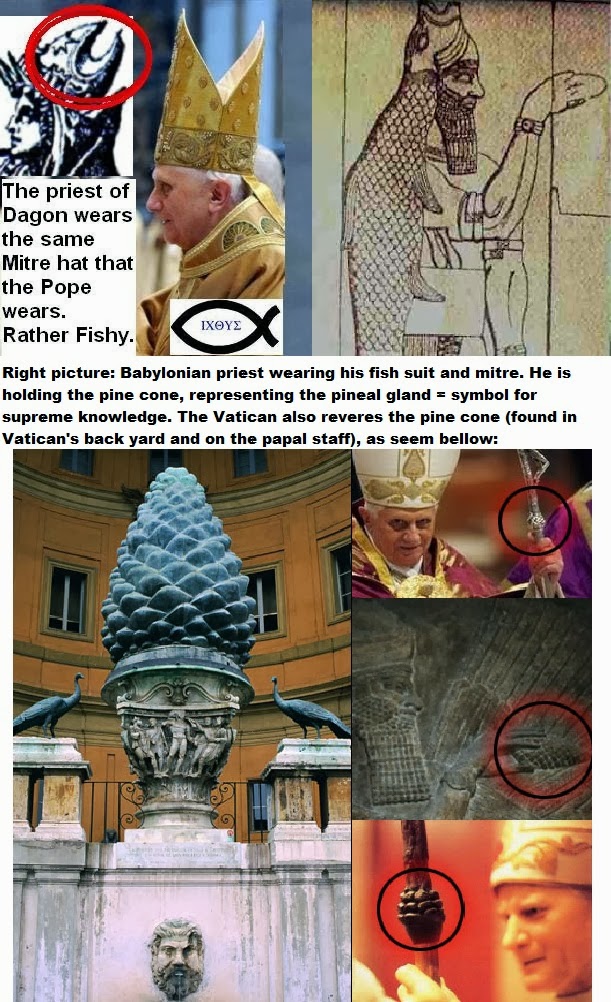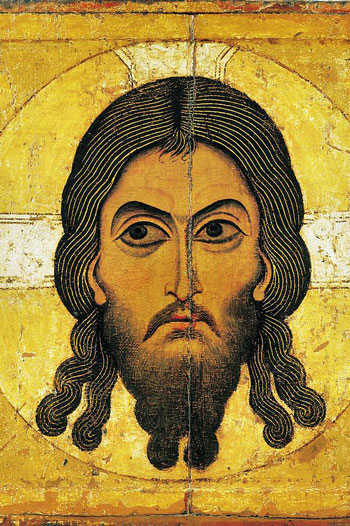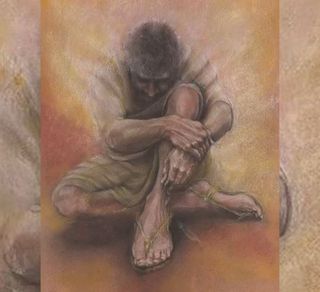
If He did, the Apostle Paul would not have written the above. While the BBC article used the expression “probably not” related to whether Jesus had long hair, the biblical answer is DEFINITELY NOT.ġ4 Does not even nature itself teach you that if a man has long hair, it is a dishonor to him? (1 Corinthians 11:14) It is a version of the pagan deity Zeus that many people are bowing down before or otherwise venerating (perhaps it should also be added here that many of the portrayals of Jesus’ mother Mary, came from worship of goddesses, like Diana, who the Greeks called Artemis). The same can be said of the Shroud of Turin–that could not possibly be Jesus (the male in that is too tall). Decemįrom the above, we can also conclude that when we have reports of people who claim to have seen Jesus in various ways, those who claimed He had long hair, etc., clearly were not seeing Jesus. What has happened over time is that this visualisation of heavenly Christ – today sometimes remade along hippie lines – has become our standard model of the early Jesus. Byzantine artists, looking to show Christ’s heavenly rule as cosmic King, invented him as a younger version of Zeus.


He is the heavenly ruler of all the world, familiar from the famous statue of long-haired and bearded Olympian Zeus on a throne. They were based on the image of an enthroned emperor, as we see in the altar mosaic of the Santa Pudenziana church in Rome. In fact this familiar image of Jesus actually comes from the Byzantine era, from the 4th Century onwards, and Byzantine representations of Jesus were symbolic – they were all about meaning, not historical accuracy.

Jesus is so familiar that he can be recognised on pancakes or pieces of toast. He is the most painted figure in all of Western art, recognised everywhere as having long hair and a beard, a long robe with long sleeves (often white) and a mantle (often blue). There are a lot of myths about Jesus, His birth, and His teachings.Ī while back, the BBC addressed the fact that the commonly seen pictures claiming to be of Jesus are false, but instead are of a Byzantine version of Zeus:Įveryone knows what Jesus looks like. The earliest surviving paintings claimed to be of Jesus, from a church at the ruined city of Dura-Europos on the Euphrates (dating from first half of the 3rd Century AD)


 0 kommentar(er)
0 kommentar(er)
